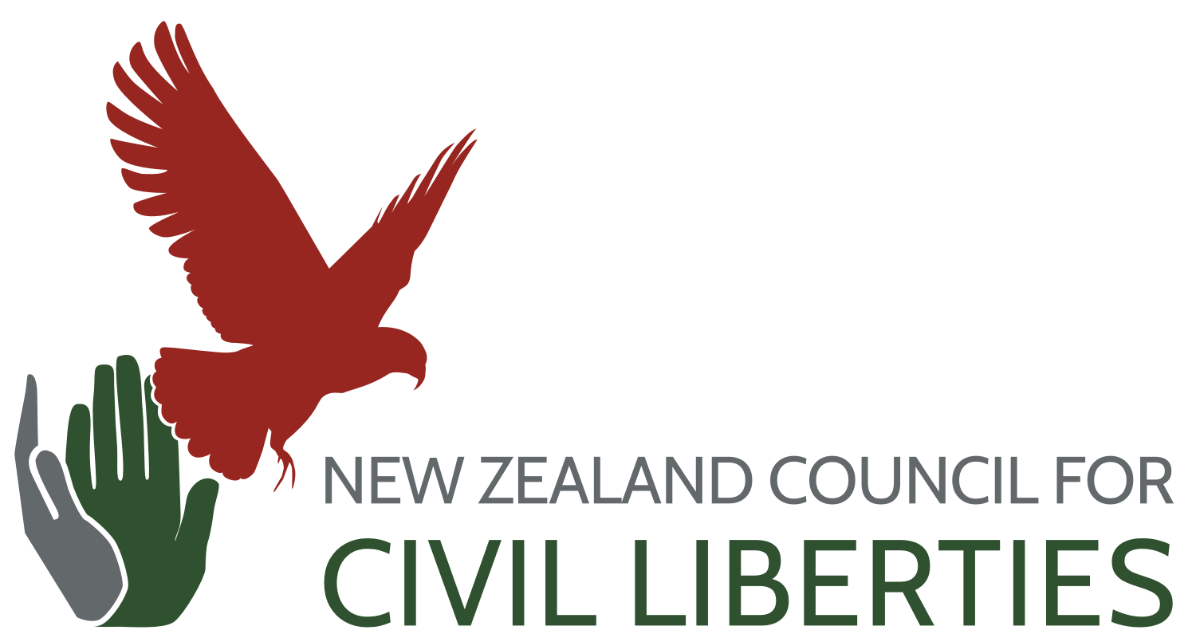Blog: No Double-Bunking, No Prison Expansion
Corrections is introducing double-bunking at Arohata Upper Prison.
For those people uncertain as to what double-bunking is, it’s confining two people in a small space designed for just one person. It can be a nightmare. Double-bunking is known to lead to increased tension and violence in prison; the 2013 riot at SpringHill prison was linked to double-bunking. Both the PSA and Corrections Association have spoken out against the practice, as has Peter Boshier, the NZ Chief Ombudsman. In February Boshier said of double-bunking:
The personal space that allows people to work through their emotions isn't there and so you get more violence, you get increased (poor) mental health outcomes because people don't have their private time to work through the thoughts that are going through.
When Corrections announced that 44 of the 112 beds at Arohata Upper would be double-bunked, Peter Boshier was ‘extremely disappointed’, describing it as ‘forcing a situation which is unacceptable'. It is especially unacceptable at Arohata Upper Prison because the cells in the women’s prison are not even big enough for one person, let alone two.
Cell standards
The cells at Arohata Upper Prison are 5.7 square metres, including sanitary facility. Boshier describes them as about the size of an average horse float. According to the European Committee for the Prevention of Torture and Inhuman or Degrading Punishment (CPT) the minimum space for a one-person cell is six-metre square, plus extra space for sanitary facility.
New Zealand does not have any minimum requirements for the size of a cell but we are a signatory to the 1995 UN Standard Minimum Rules for the Treatment of Prisoners. Rule 9(1) states: ‘Where sleeping accommodation is in individual cells or rooms, each prisoner shall occupy by night a cell or room by himself. If for special reasons, such as temporary overcrowding, it becomes necessary for the central prison administration to make an exception to this rule, it is not desirable to have two prisoners in a cell or room.’
These rules are designed to protect the rights of all people imprisoned but despite being a signatory, we still force two people to share a cell. In a response to an Official Information Act request Corrections reported that ’as at 8 March 2016, there were 2,773 prisoners currently housed in double-bunked cells. 14 of NZ’s 19 prisons were using double-bunking.’ Two years later double-bunking continues.
Ever-increasing prison population as crime drops
The excuse used by Corrections for continuing to double-bunk is an ever-increasing prison population. New Zealand has the dubious record of having one of the highest incarceration rates in the OECD. In 2017 the number of people in our prisons topped 10,000, a figure it wasn’t forecasted to reach until 2025. By the first week of March this year, there were 10,717 people in prison. In the ‘western world’, we are second only to the US when it comes to incarcerating people. But this expansion in prison numbers does not reflect a burgeoning growth in crime; rather it is a result of the get ‘tough on crime’ regime that is the backbone of our ‘justice’ system. Our rates of ‘crime’ have dropped but changes in particular to bail and parole laws mean the number of people imprisoned here continues to grow.
Bonfire of taxpayer cash
Before becoming the Minister of Corrections, Kelvin Davies was quite outspoken about reducing the numbers going to prison. At one stage he said, ‘Our Corrections system is the closest we get to building a bonfire and unquestioningly throwing taxpayer cash into it, to keep it burning indefinitely’.
And yet now that he is in Government, he and his party do not appear to be doing anything to put the bonfire out. They have been silent about double-bunking and relatively voiceless on the plans inherited from National for expanding Waikeria prison. The plans for Waikeria have simmered along in the background: in March the Environment Court approved the expansion and the Waikeria Road has now been upgraded to accommodate increased traffic leading to Waikeria Prison.
If Labour gives Waikeria the green-light, it will become New Zealand’s first mega-prison. It will house 3,000 people, making it the largest prison in the country. Although not as big as the mega-prisons in the US, it will be bigger than any prison in Australia or Britain.
But building any new prison will not address co-called crime. Expanding Waikeria will only add more fuel to the bonfire that Kelvin Davies spoke of.
End the prison nightmare
Rather than building new prisons or loading two people into a cell not even meeting the minimum requirements for one person, we need to end the prison nightmare. We need to stop pouring cash into incarcerating people. Over the last 12 years New Zealand prison costs have risen ‘at a rate that far exceeds any other component of government expenditure’. The expansion at Waikeria will cost 3 billion dollars, and to run it will cost approximately $300million a year. There are a lot of other uses that that money could be put to, including housing and healthcare or even Middlemore.
New Zealand does not need more prisons. Let’s hope that when Labour finally speak out about Waikeria, they will announce a moratorium on prison expansion and an end to double-bunking. Then we can work on a reversal of both the current bail laws and Parole Act to ensure an immediate decrease in the number of people locked-up.
Double-bunking and building new prisons are flawed solutions to so-called ‘crime’. Prison does not ‘solve’ crime. Locking people away is not justice.
